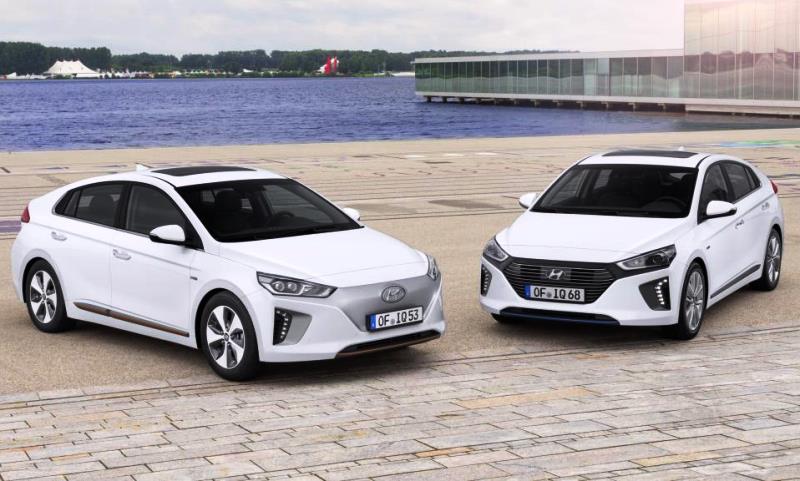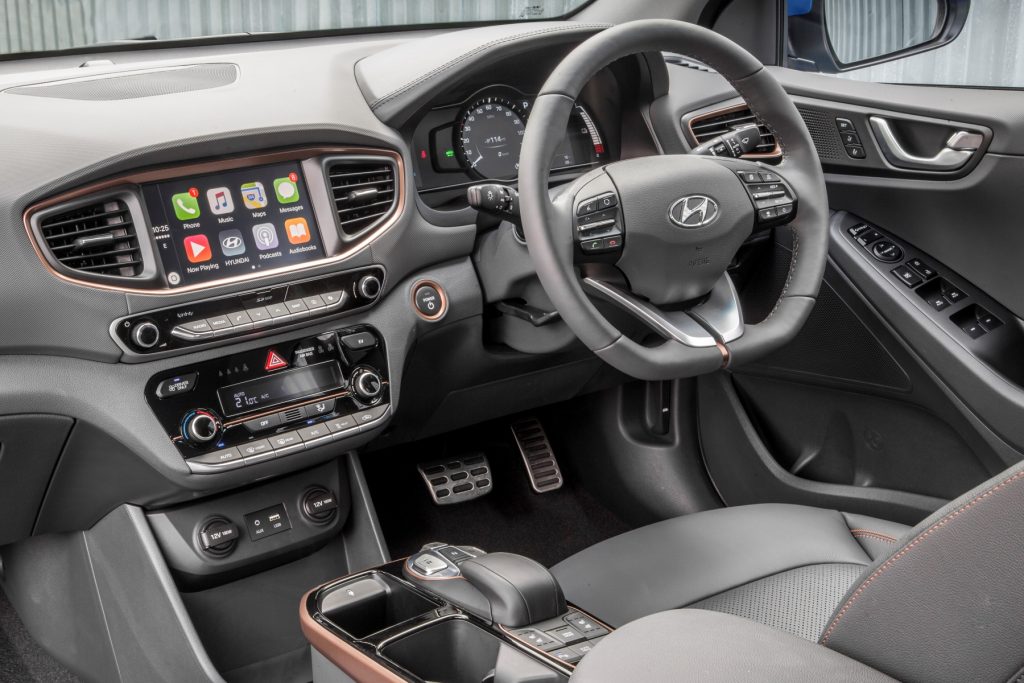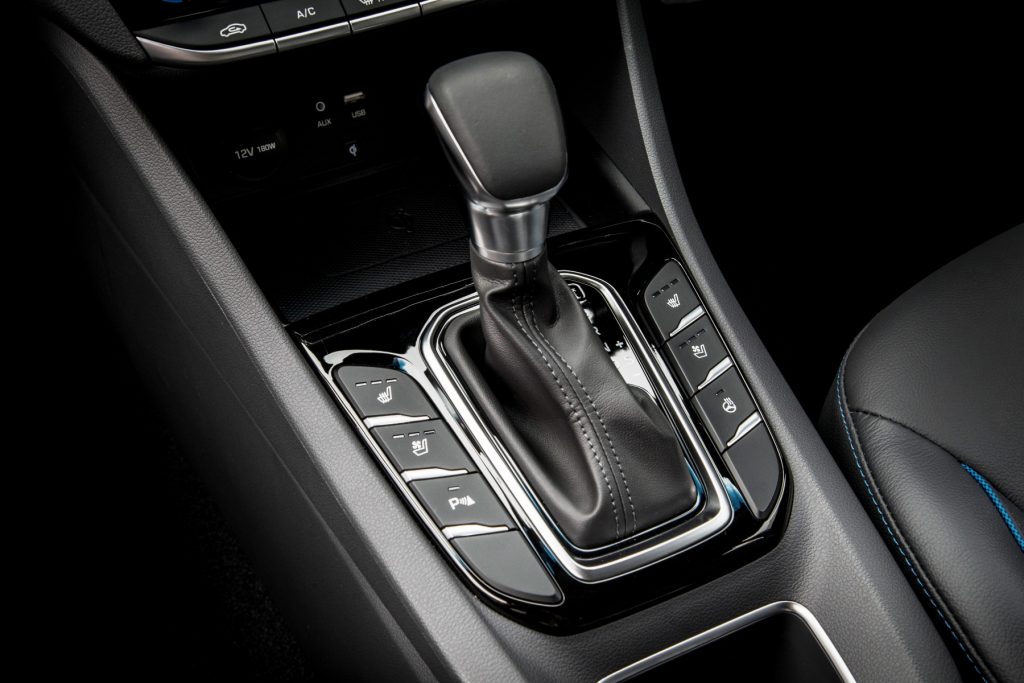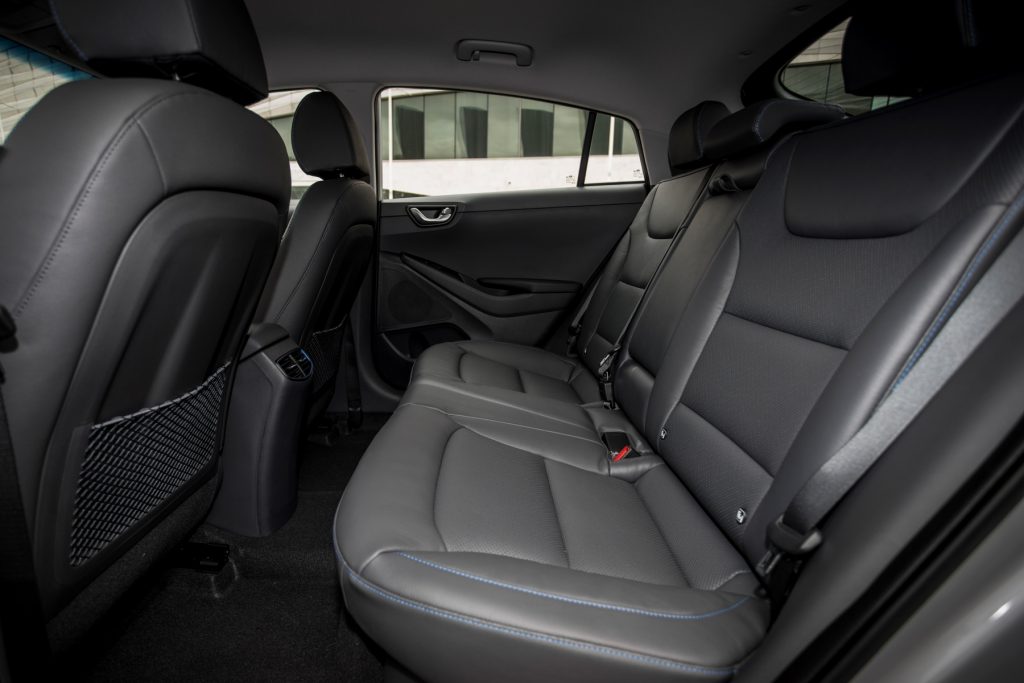The pace of change in the car industry has been palpable since “dieselgate”. Suddenly, ultra low and zero emissions feature in all manufacturers’ game plans.
Hyundai has been ahead of the curve and is first out of the box with a new breed of eco car – one that can cater for all tastes.
Meet the all-new Hyundai Ioniq – the first car available as an electric, plug-in hybrid or hybrid.
Those willing to wave goodbye to the internal combustion engine altogether can opt for the 100% electric version, while others looking to dip their toes into the brave new world can go hybrid.
Next year a PHEV, or plug-in hybrid version, will be launched – a halfway house for those wanting the best of both worlds and still not yet ready for possible range anxiety.
The Ioniq shares a platform with its cousin, the Kia Niro, which will also be available in three versions.
Unlike the Niro crossover, the Ioniq is a more conventional hatchback, though with a drag coefficient of just 0.24, it’s also very sleek.
The styling is more modern than futuristic, but it’s not weird like some rivals. The back is dominated by a spoiler built into the the rear hatch, while the front grille in the hybrid features active air flaps no less, making it extra slippery.
The electric version doesn’t have a grille at all because there’s no need to cool the engine. Instead there’s just a smooth, body-coloured panel.
The Ioniq’s most obvious rival is the pioneering Toyota Prius – now in its fourth generation. But here’s the thing – with prices starting at £19,995 for the hybrid, it’s around £3,000 less than the Toyota. In other words, Hyundai has taken a giant step in making hybrid technology available to the masses.
The fully-electric version costs from £24,495 (including the government grant of £4,500), is £1,500 cheaper than a Nissan Leaf, however, there’s no price yet for the plug-in hybrid next year, but it could be a game-changer.
The Ioniq comes with Hyundai’s excellent five-year warranty, plus eight years/125,000 miles cover on the high-voltage battery.
Inside there’s space for a family of five. Legroom at the back is average and taller adults might struggle for headroom due to the sloping roofline.
That said, the seats are comfortable and the dashboard and centre console are well laid out, with a solid look and feel.
Hyundai claims the Ioniq features an “innovative use of recycled or ecologically-sensitive materials”.
For instance, the interior door covers are made of plastic combined with powdered wood and volcanic stone, the headliner and carpet include raw materials extracted from sugar cane, while the paint features renewable ingredients extracted from soy bean oil.
The Ioniq, which comes in refreshingly few trim levels, is well equipped, and there’s plenty of tech and driver aids available.
Ioniq Hybrid
A 105bhp 1.6-litre GDi petrol engine and 1.56kWh lithium-ion polymer battery powering a 32kW electric motor combine to boost the engine’s power and torque to 139bhp and keeping CO2 emissions as low as 79g/km and fuel economy officially as high as 83.1mpg.
The hybrid powertrain is mated to a six-speed dual clutch automatic transmission, which is close to a conventional auto box.
The system uses braking regeneration and surplus engine power to charge the battery, which then drives the motor. At very low speeds you can drive on electric only, switching to both on harder acceleration, or engine only when maintaining higher speeds.
The Ioniq Hybrid is no sports car. It’s designed for efficiency, reaching 62mph in 10.8 seconds and going on to a top speed of 115mph.
Drive is in a leisurely fashion and you’ll be fine, try to push it and the engine will get more vocal and the gear changes lose their slickness.
During a mixture of city driving and country roads, we managed 50mpg, but I’m sure closer to 60mpg is possible on the right kind of journeys.
The ride is smooth enough, but don’t go expecting sharp handling if you’re in a hurry. The impressive luggage space is worth a mention too – the deep, shallow boot has a 550-litre capacity.
Ioniq Electric
A 28kWh Lithium-ion Polymer battery helps the electric motor generate a healthy 119bhp on the pure electric version of the Ioniq.
On paper it’s capable of 174 miles on a single charge and there are three driving modes – Sport, Normal and Eco. Top speed is 103mph and 0-62mph acceleration is between 9.9 and 10.2 seconds, depending on your mode.
Apart from a tell-tale slight whine at low speeds, the Ioniq EV is whisper quiet and feels zippy enough with plenty of instant response from the electric motor. Press the Sport button and there’s a definite power boost, but Eco will do just fine.
The brakes seem spongy at first, but that’s not unusual with an electric car because there’s a lot of clever tech going on behind the scenes such as regenerative braking.
There are different levels of regenerative braking available and they are controlled via paddles on the steering column (not unlike the Mitsubishi Outlander PHEV).
Set it to the highest level and this noticeably slows the car, but it quite possible to find a happy medium. In fact, you’ll soon start using the paddles as much as the brakes to slow down. And one thing’s for sure, it’s very satisfying to know that everything from braking to coasting is recharging your battery and booting your
range.
For me, the Electric’s ride seems smoother and the handling is better than the Hybrid’s, and of course, it’s very quiet too.
The car can be rapid charged to 80% in 33 minutes on a fast charger. From the mains on a three-pin plug, a full charge will take 12 hours from empty or around 4-5 hours on a public fast charger.
It’s not all good news, the EV has less boot space thanks to a larger battery pack than the hybrid so (shallow) capacity is down from 550 to 455 litres.
Verdict: Respect to Hyundai. In three giant steps, the impressive Ioniq makes eco-friendly motoring more attainable than ever.
The post Hyundai Ioniq review appeared first on Automotive Blog.
from Automotive Blog http://www.automotiveblog.co.uk/2016/10/hyundai-ioniq-review/
Looking for a dash cam for your vehicle? Check out Dash Cam Buyers Guide: http://dashcambuyersguide.com/
from
http://dashcambuyersguide.tumblr.com/post/151898895198







No comments:
Post a Comment